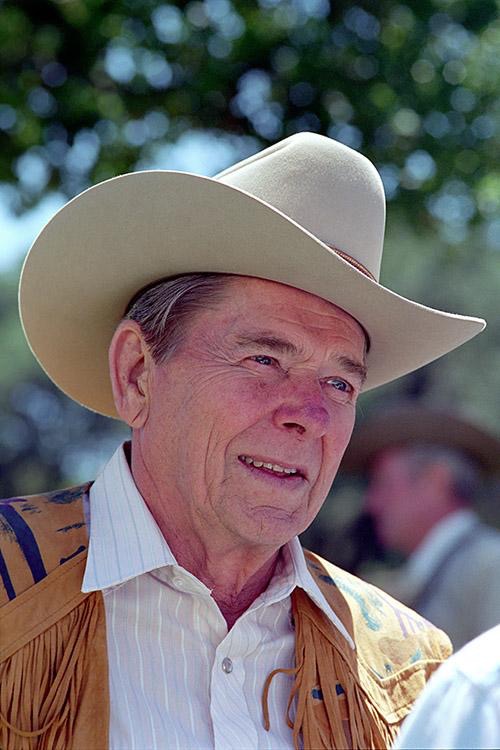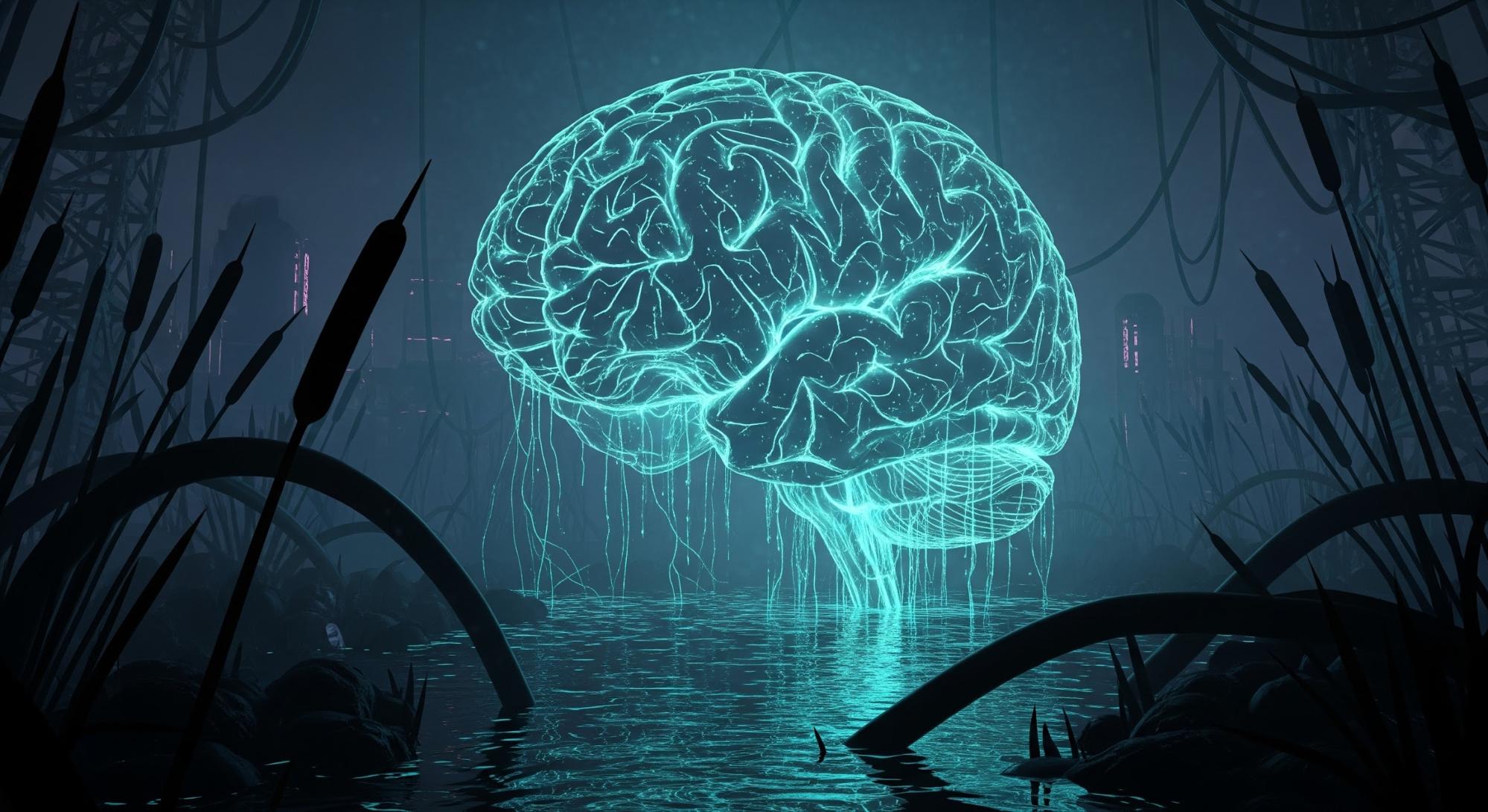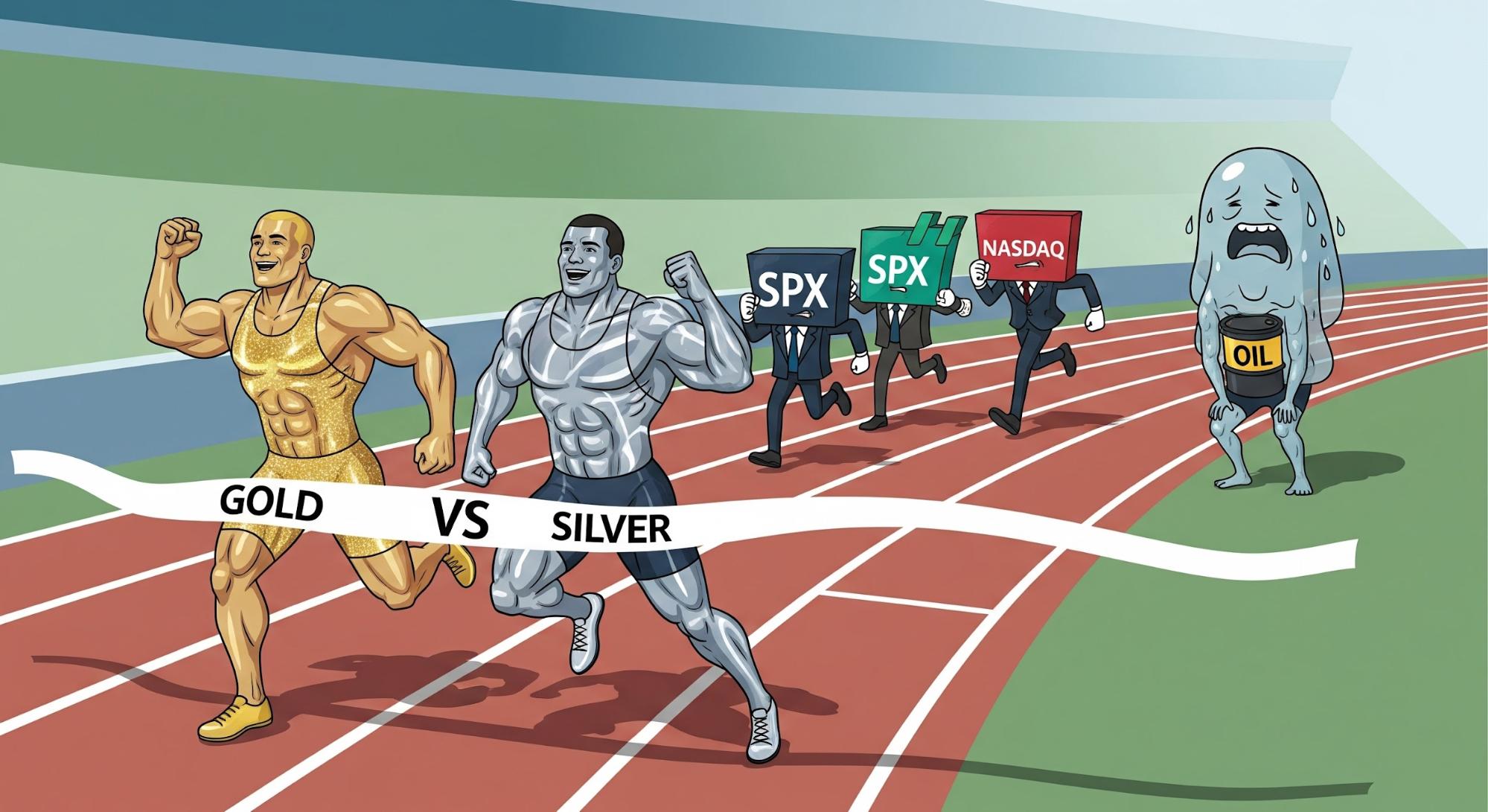Posted September 05, 2024
By Byron King
Reagan: A Movie Review, by Byron King
 Ronald W. Reagan, 40th President. Courtesy Reagan Library.
Ronald W. Reagan, 40th President. Courtesy Reagan Library.
“So, did you meet President Reagan?” It was back in the 1980s. I was speaking with another Navy officer. We were both on the staff of the Chief of Naval Operations (CNO). And she had been invited to attend a state dinner at the White House.
State dinners are a big deal, any time and under any administration. An invitation to an event like that is a rare ticket in Washington, D.C. Even within the ethereal realms of the highest echelons of the U.S. Navy, more than a few admirals took an interest in the matter; as in, they were not invited to the White House, and their Pentagon survival instincts were to be cognizant of a subordinate who was.
To be blunt, this was not just a good-looking gal out on date night. As a serving Naval officer, this woman was under a professional microscope. Her job was to attend that fancy dinner, look sharp, and leave a very good impression of the Navy with our boss, the President of the United States.
As you can probably imagine, my Navy colleague spent several weeks getting her formal “mess dress” uniform into shape: tailored, cleaned, pressed, new ribbons and insignia. And she spoke with experts on protocol. Come showtime, there could not be a thread out of place, not a word out of line, right? And now it was the day after, and I wanted a debrief. How did it go?
“Yes, I met President Reagan,” she replied. “But it was so embarrassing.”
Whoa! “Umm… what happened,” I inquired. And hold that thought…
Let’s Go to the Movies
If you haven’t yet guessed from the title and opening paragraphs, today we’ll discuss Ronald Wilson Reagan (1911 – 2004), the 40th President and the subject of a recently released movie entitled, appropriately enough, Reagan. Dennis Quaid plays the Gipper, and in one man’s opinion – yes, mine! – he knocks the proverbial ball out of the park.
First, though, you may not have heard that a new movie about President Reagan is out. Mainstream media has been quiet about this, except for a few reviews that pan the film.
For example, a critic for the Saturday Evening Post wrote of Reagan: “A shamelessly adoring biopic that is single-handedly rescued from worshipful ignominy by its star, Dennis Quaid, who stubbornly chips through the script’s plaster façade to offer glimpses of a man who spent his entire career concealing his complexities.”
In a similar vein, and characteristically poison penned regarding all things Reaganesque, the New York Times labels Reagan as an “unabashed love letter to former president Ronald Reagan, (in which) Dennis Quaid fights the Cold War with conviction.” Per the Times, Reagan is “a plodding film, more curious than compelling.”
Yeah, right. The movie sucks, they say. But what do you expect? Blah-blah-blah. Critics gotta do their thing. Lefties have always hated Reagan. And even more important, we’re in the midst of a presidential campaign. No Progressive-Woke media mainstreamer (sorry to repeat myself) wants to highlight anything to do with Reagan in general, or his eight-year presidency in particular.
Then again, in my moviegoing experience the other night, when the show ended almost everyone in the packed theater – that is, a live audience of normal-looking people who paid real money and bought tickets – remained in their seat through the credits, and some even applauded. And these days, who applauds in a movie theater? So, perhaps there’s something worth seeing and learning in this new Reagan movie.
Yes, Reagan Was a Complex Man
The movie is over two hours long, and despite the length it illustrates the difficulty of distilling a 93-year lifetime into a tale that can be told on the silver screen. A “plaster façade,” says one critic? Or “plodding,” says another? Hey, people write thick books about Ronald Reagan and barely scratch the surface. Yes, he was a complex guy in many ways; most U.S. presidents are.
Meanwhile, the movie's structure is intriguing, styled as a biography. That is, the viewer learns the Reagan story via flashbacks and jump-aheads, narrated by John Voight. And of even more interest, Voight plays a retired Soviet KGB agent, now living out his elderly days in Moscow. The man’s career as an intelligence officer involved surveilling Reagan, dating from Hollywood in the late 1940s and onwards.
In other words, in this movie, Reagan’s story is told by a KGB guy who spent his career working to track, follow, and understand him. And to me, at least, that Soviet angle is intriguing. Because, from what I know of Soviet espionage during the Cold War (and yes, I know a few things), it’s entirely believable that the KGB assigned one or more agents to monitor Reagan, starting early because Soviet intelligence was nothing if not thorough.
In fact, for most of its history, the Soviet foreign intelligence apparatus deployed modest-sized armies of smart, well-trained people stationed at home and across the world. Their assignments were to follow important people in the West and gather information, if not recruit them to the Soviet cause. Targets ranged from top-ranked scientists and engineers to business executives, politicians and more; hey, even movie personalities.
On a personal level, I once met a guy named John Craven, now deceased, but at the time a retired senior scientist for the Navy. His contributions to national defense included advanced submarine technology, among many other things. He told me about meeting his “Soviet shadow” at several conferences during the course of his career.
As for Reagan, well, from the late 1940s, he was active in the Screen Actors’ Guild (SAG), and a role like that mattered to the Soviets based on a Hollywood angle that goes back to the 1930s. That is, over many decades, Soviet intelligence worked diligently to penetrate the motion picture sector of American mass communication.
In short, the movie biz has long played a key role in shaping American, and even global, culture via themes and messages that scriptwriters and producers place into the content. So of course, the KGB would have followed Reagan from the early days, partly because he was an important player in the SAG union, and also because Reagan was ardently anti-communist.
The Origins of Reagan
Reagan, the movie, dwells at no small length on its subject’s youth, upbringing, and young adulthood. We see scenes of young Ron and his loving mother, along with no-holds-barred accounts of Ron coping with the self-destructive antics of his father, a raging alcoholic.
Up on the screen, there’s Ronnie, a precocious kid who could quickly memorize poetry. Then came Lifeguard Reagan, the savior of many from drowning in a river that flowed past his hometown of Dixon, Illinois. From his perch on the tall chair, Reagan “learned to read the currents of the river,” as he described one of his talents much later in life; a trait, by the way, that helped change the world when he negotiated over nuclear weapons with his Soviet counterparts.
Also in the movie, we see Reagan in church and then being baptized. These scenes highlight a devoutly Christian element to the man, one that has long been underappreciated. Then there’s Reagan at Eureka College, where, in one scene, he invites two black football players into his home when the local hotel refuses to host them for a night.
Then comes young Reagan in one of his early jobs as a radio broadcaster, filling the air with his sonorous voice. Eventually, there’s Reagan, the aspiring movie actor whose career was interrupted by Army service during World War II.
In short, there’s plenty of moviemaking about young Reagan, all of which helps explain where he was coming from later in life.
Had time and circumstances allowed, in this already longish film, it might have been useful to explain how the young man came of age in the 1920s, when the U.S. had a hard-money, small-government, balanced-budget, pro-working-man president in Calvin Coolidge. And to be sure, deep down, to the end of his days, Reagan was always a 1920s-style gold bug.
Also, the film might have better clarified Reagan’s career if it explained how, in 1937, he enlisted in the Army Reserve. In Reagan’s case, he was assigned to a real live horse cavalry unit, which meant that he had to learn how to ride one of those beasts. And as life unfolded, it helped immensely that Reagan possessed those well-honed equine skills, certainly in his cowboy movies and even in politics. (In 1982, Reagan rode with Queen Elizabeth II.)
The Issue of Our Time
“I’m curious, Ron. What would you say is the issue of our time,” asked one California power broker of Reagan back in 1963. It’s a key scene in the movie, to be sure. They were sizing up the middle aged movie actor for what became his second career.
“No question about it,” replied Reagan. “Communism and the Soviet Union.”
“Get in the game. Run for office,” the man told Reagan. And the rest… is history.
Well, it’s a lot of history! With many astonishing stories to tell of Reagan the politician. And this movie reflects the sad necessity of editorial culling, by which scriptwriters and director had to cherry pick scenes from the 1960s, 70s and 80s. And of those vignettes we see, many – most – are Reagan’s most famous lines: “We win, they lose,” for example. And, “Mr. Gorbachev, tear down this wall.”
The movie offers but a glimpse of Reagan’s famous “Time for Choosing” speech in 1964. It’s well worth watching in its entirely, but one key Reagan line that ought to be carved in stone is this: “If we lose freedom here (in the U.S.), there’s no place to escape. This is the last stand on earth.”
Then chronologically, the film broadly describes Reagan’s campaign for governor of California, and his two terms in Sacramento. The focus is on how the then-guv stood up to out-of-control college campus protesters. Ah, the good old days, yes?
Meanwhile, much of Reagan’s California story was left on the cutting room floor. Ask anyone who experienced the Golden State in the 1960s, and they’re more than likely to recall with great fondness a long-lost Shangri-La. Think of a jurisdiction of boundless beauty, with a strong economy, thriving middle class, good overall public safety, great roads, excellent public schools and nearly-free college tuition. Yes, that California; not this current mess out West.
Another item mentioned in the film, but left unexplored, was Reagan’s 1976 presidential run against incumbent Gerold Ford, a tight race which Reagan lost. It might have helped the movie to resurrect just a snippet or two of Reagan’s fabulous speech to the Republican National Convention in Kansas City. Because then and there, he demonstrated to the party, and to millions of Americans across the dark plains of the Republic, that he was a man with clear vision contra Soviet communism.
Indeed, I recall how, post-convention in 1976, more than a few Republicans realized that, with then-President Ford, the party had nominated the wrong guy. Yet despite this, there was Reagan, back for more in 1980, and then his massive win over the lamentable incumbent, Jimmy Carter; followed four years later by the 49-to-1 landslide state electoral victory over Walter Mondale.
The Warmth of His Hand
I could go on, but why be a spoiler? Go see the movie. It’s worth your time. If you lived through the Reagan era, it’ll bring back memories. If you missed it, you might learn a few things.
Which brings me back to my Navy officer friend and her state dinner at the White House. How did it go? What happened?
Well, as I recall the debrief, about two days before the state dinner she was nervous and didn’t eat or drink much. She became dehydrated. And on the evening of the event, there she was, resplendent in Navy formal attire, standing with her escort to meet President and Mrs. Reagan in the receiving line of the main ballroom.
When she was about five feet away from Reagan, in all the excitement and bustle, she began to feel dizzy and was about to faint. Seemingly out of nowhere, a couple of White House aides came to her assistance, and she was hustled into a side room.
“And there I was,” she explained to me. “Sitting in that room, ready to die. I mean, I just missed my chance to shake the hand of the U.S. President in a reception line. Navy-wise, I thought I would be transferred to Adak, Alaska and be the officer in charge of keeping seagulls off the runway up there.”
And then, what happened?
“I sat there, head down, staring at the carpet, shaking my head. And a shadow loomed over me. I looked up. It was President Reagan. He had asked the Secret Service what happened in the line, and they explained. So after he finished greeting guests, he walked into the room where I was seated. He asked if I was alright.”
Okay, dear readers, are you still with me? Ronald Reagan, President of the United States of America, went out of his way to check up on a guest he observed to have a problem at his state dinner. And wait, there’s more!
“Let’s go get our picture taken,” said Reagan to the young Naval officer.
“And,” she said, “Reagan reached down and took me by the arm. I remember that his hand was so warm. He escorted me back into the ballroom. I was side-by-side, arm-in-arm with the President, walking across the floor of the White House ballroom to my table, in front of about 300 guests, with the Marine Band playing the accompaniment.”
Hollywood dreams, anyone? And no, that story didn’t make it into the Reagan movie. But it embodies Reagan’s basic humanity, as much as those legendary tales about him staring down Soviet arms negotiators over nuclear missiles and working to prevent the world from blowing itself up in a global war.
That’s all for now, other than – again – to recommend that you go see the movie, Reagan.

Oil Off The Boil
Posted December 24, 2025
By Sean Ring

Gold Bars, Up Bars, and FUBAR
Posted December 23, 2025
By Sean Ring

EX-SQUEEZE ME!
Posted December 22, 2025
By Sean Ring

Swamp, Brains, and the Game
Posted December 19, 2025
By Sean Ring

WTI…WTF?
Posted December 18, 2025
By Sean Ring
